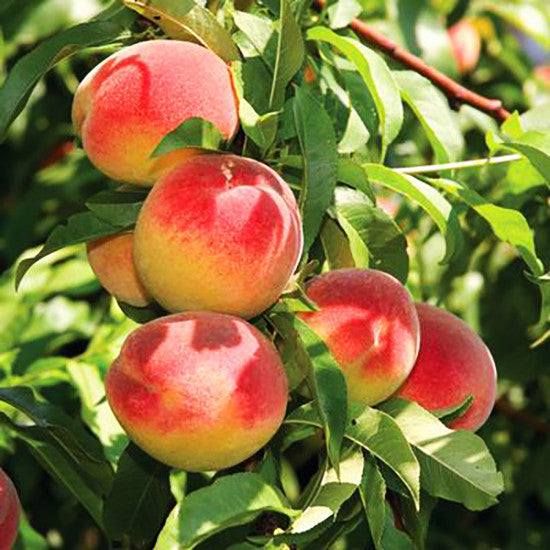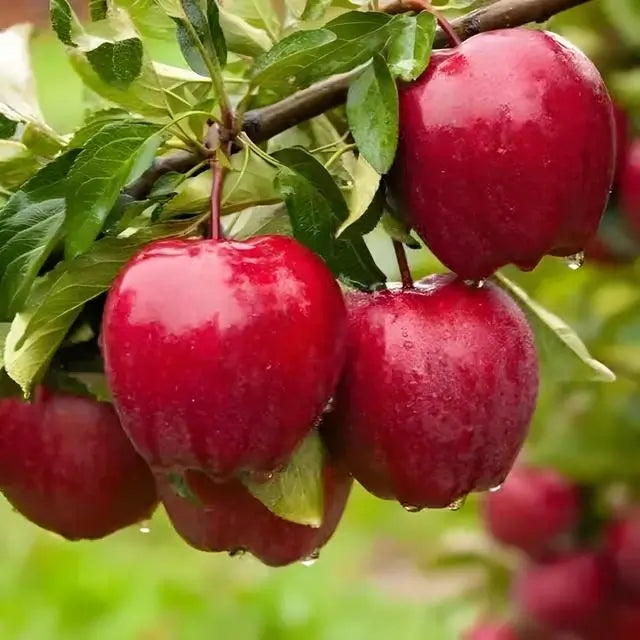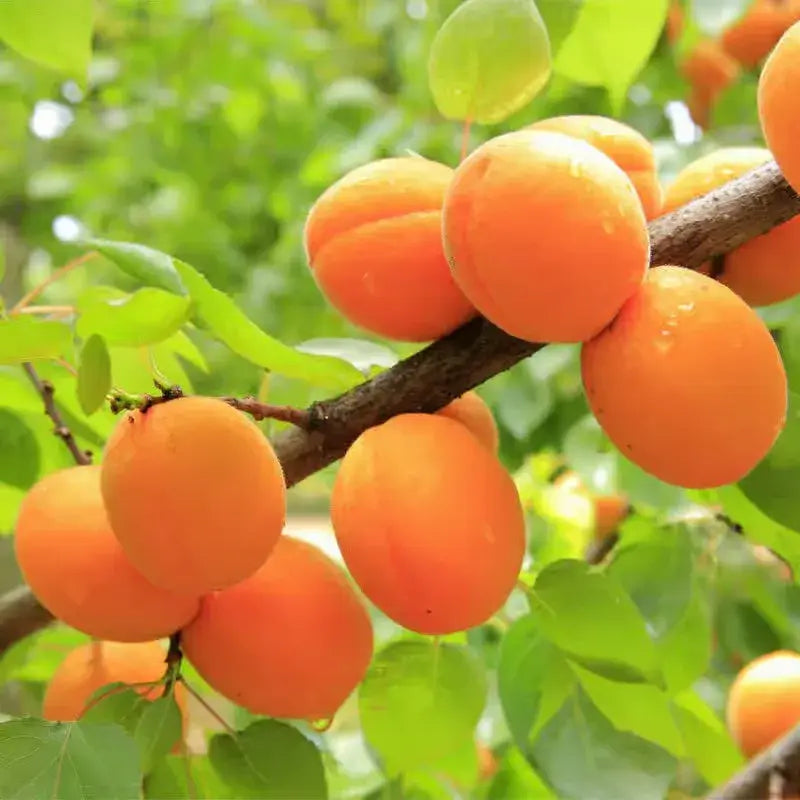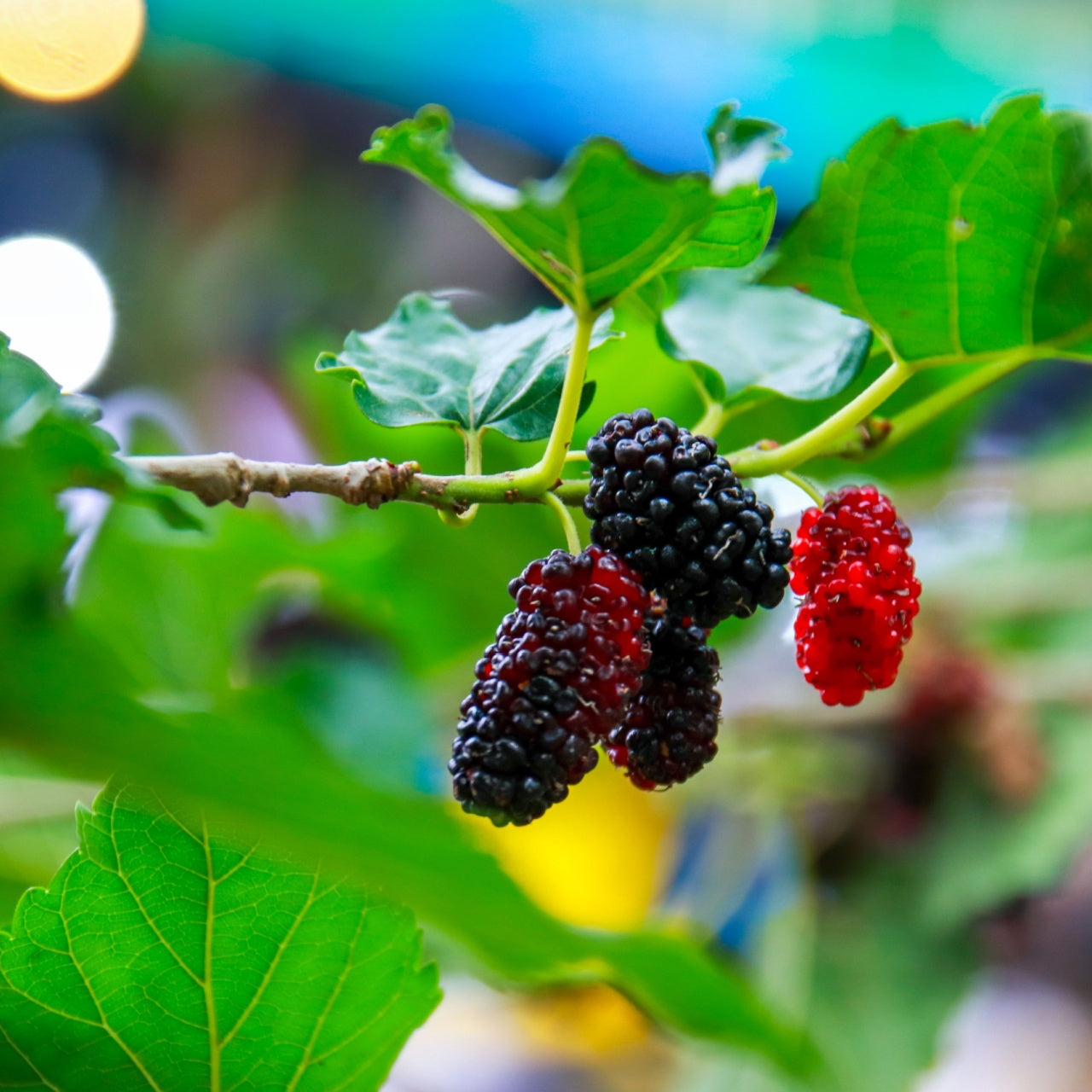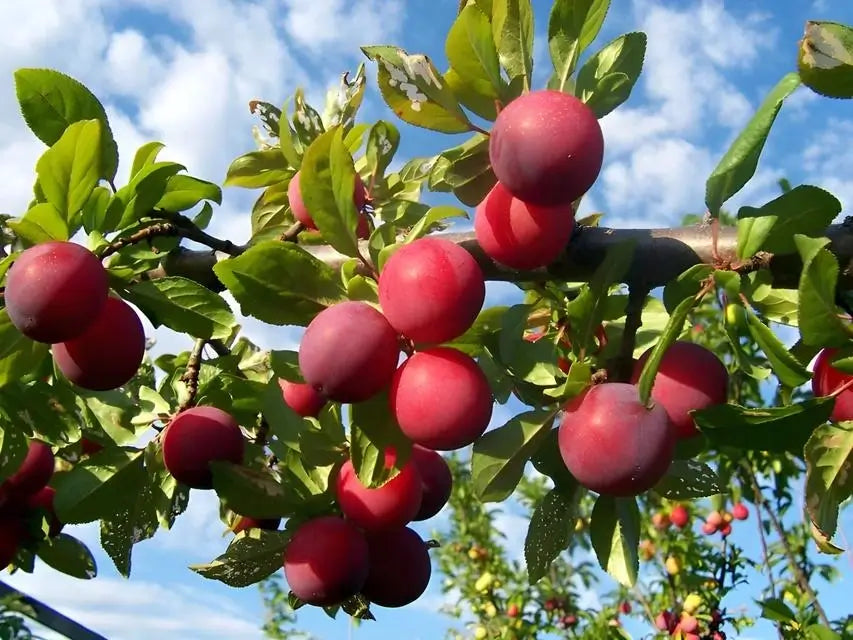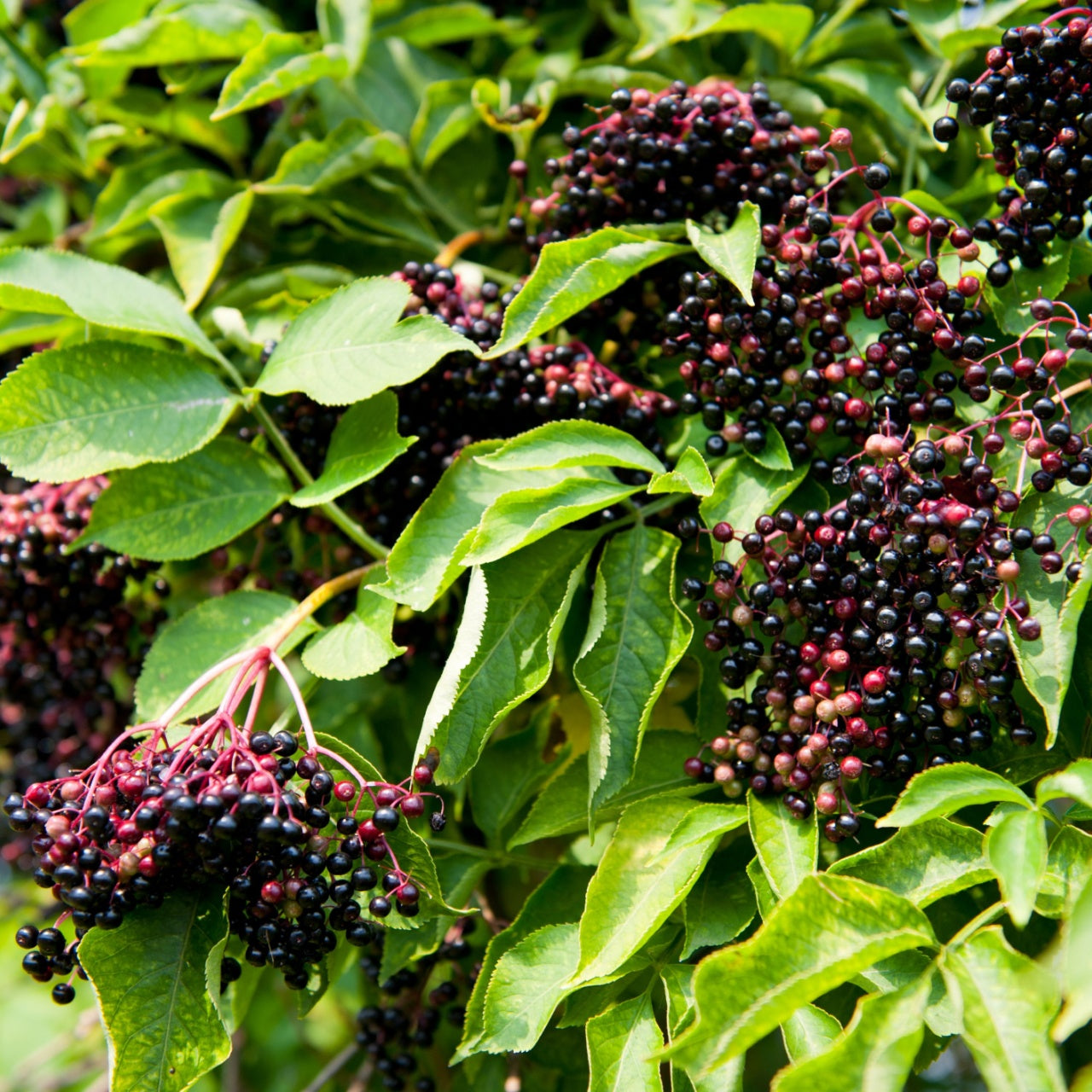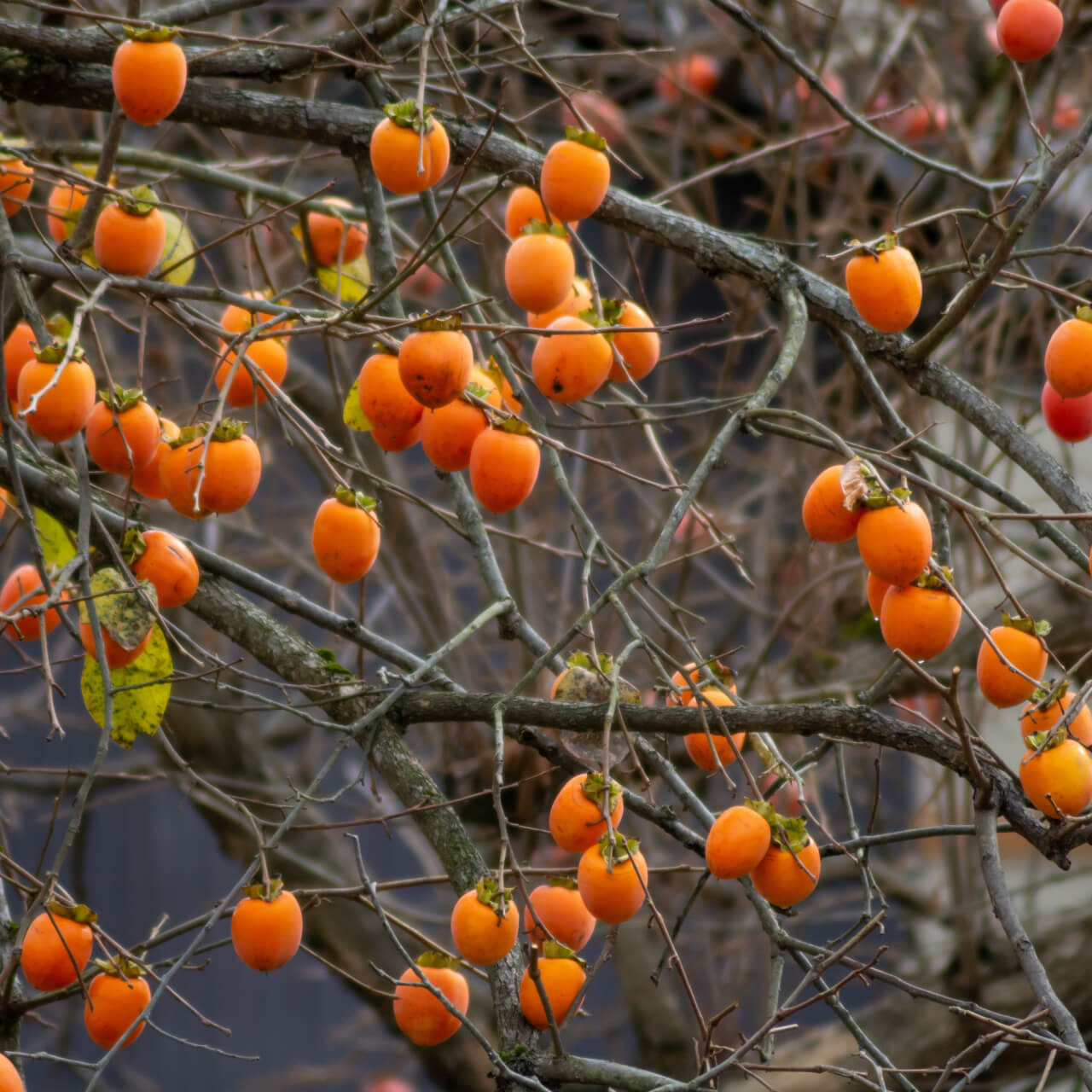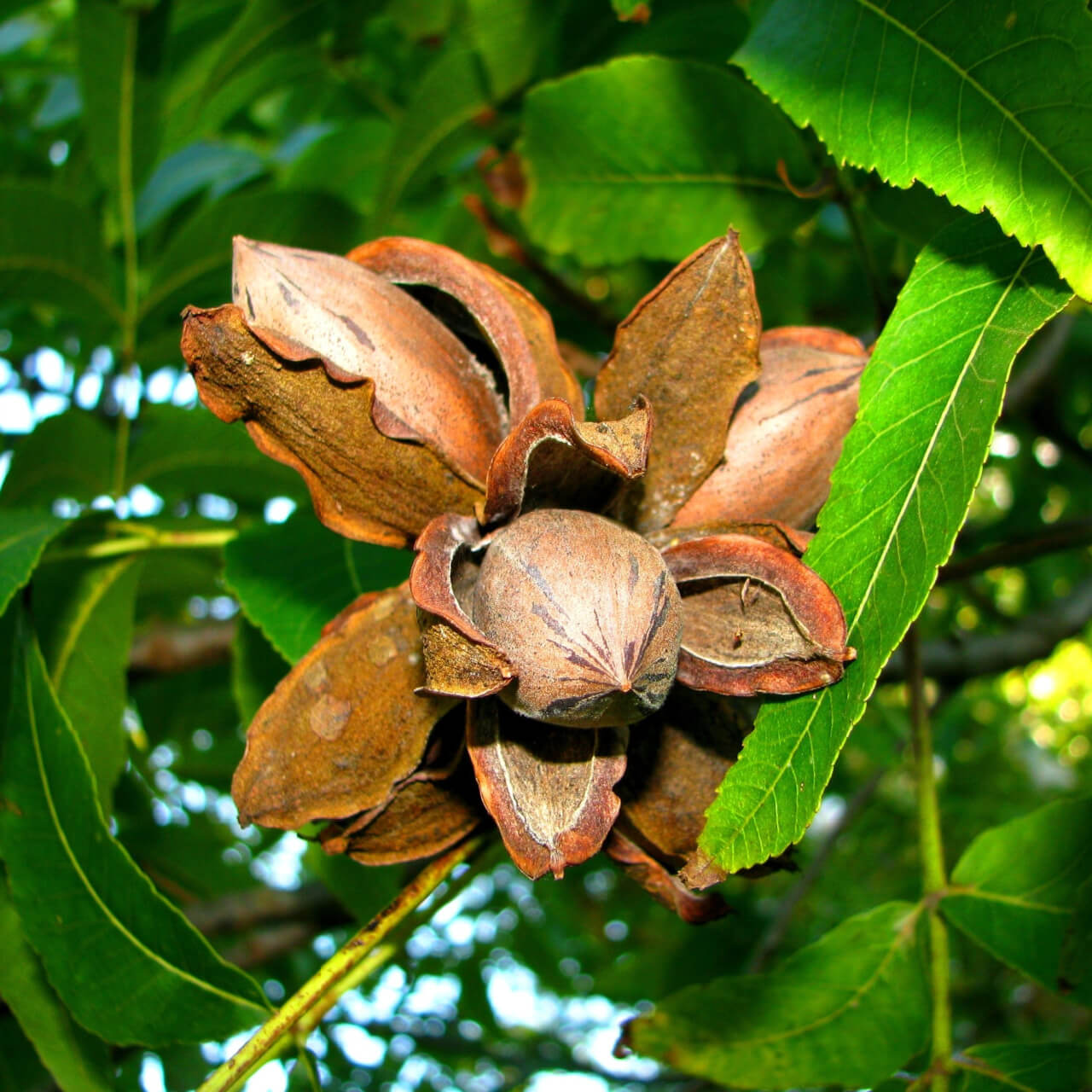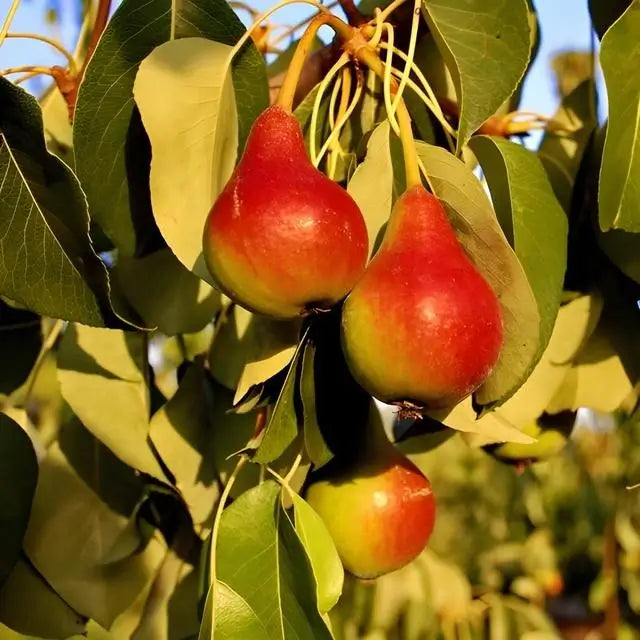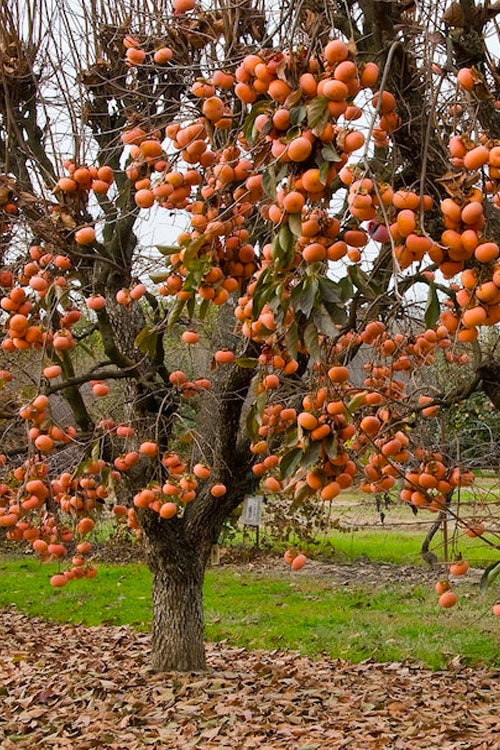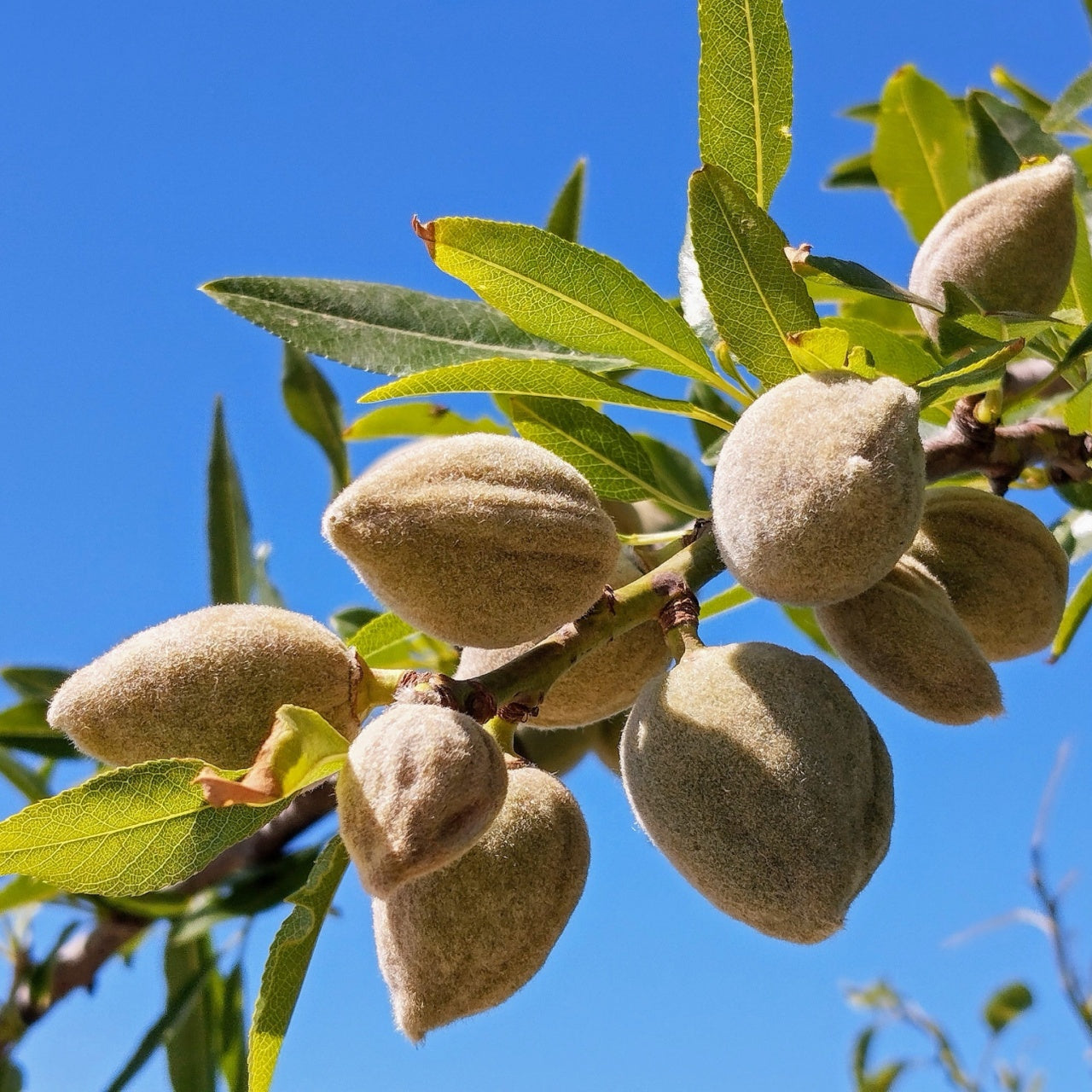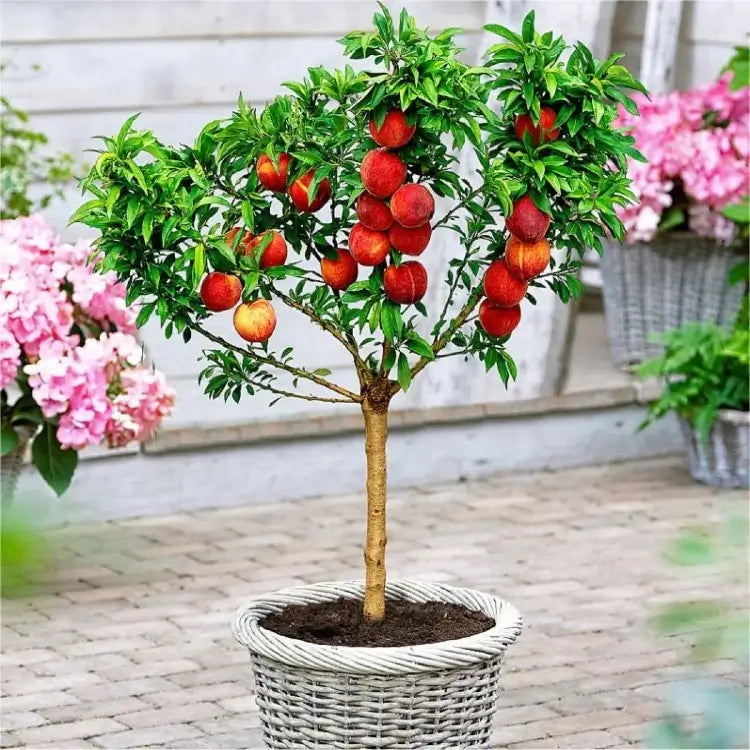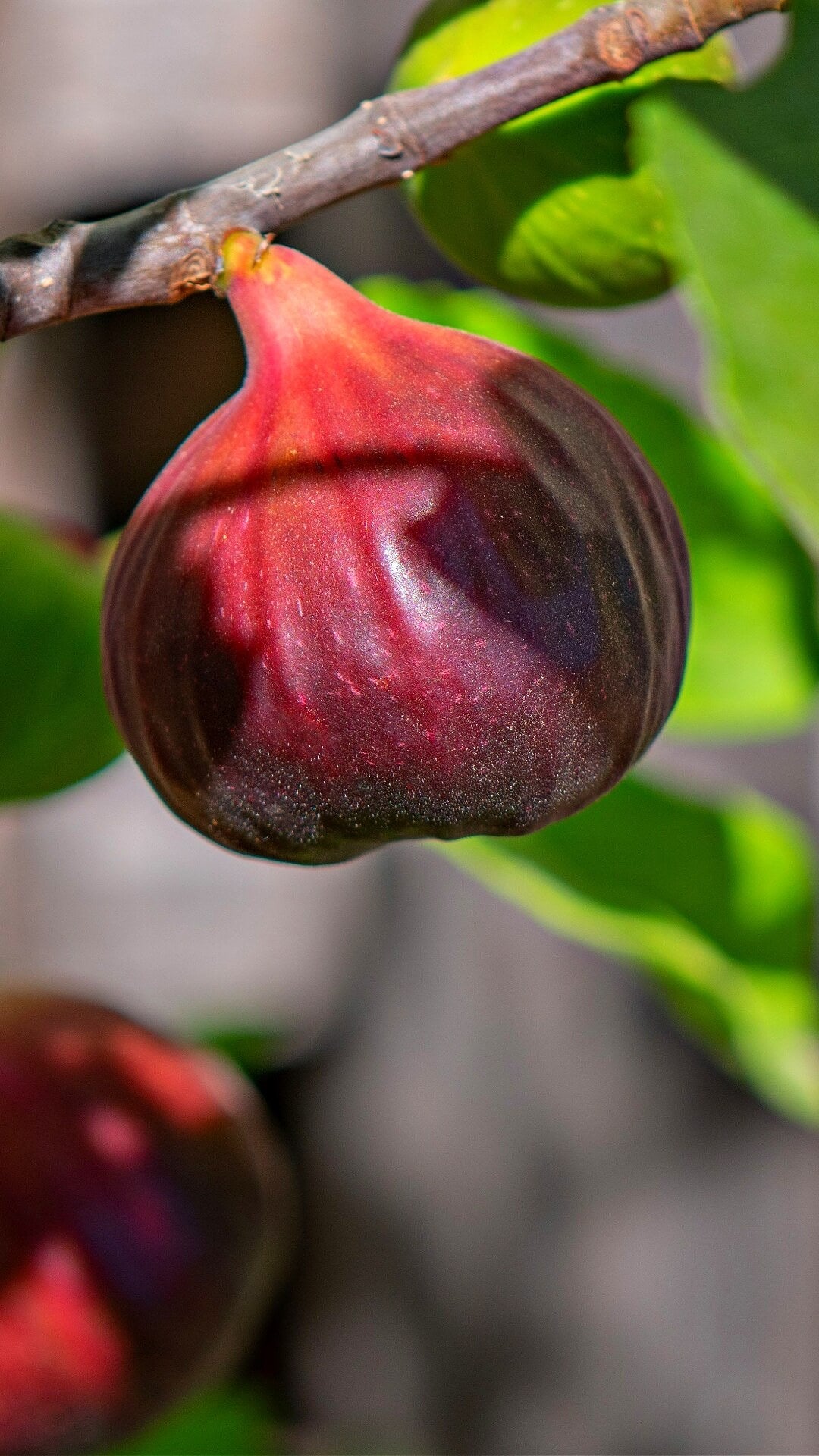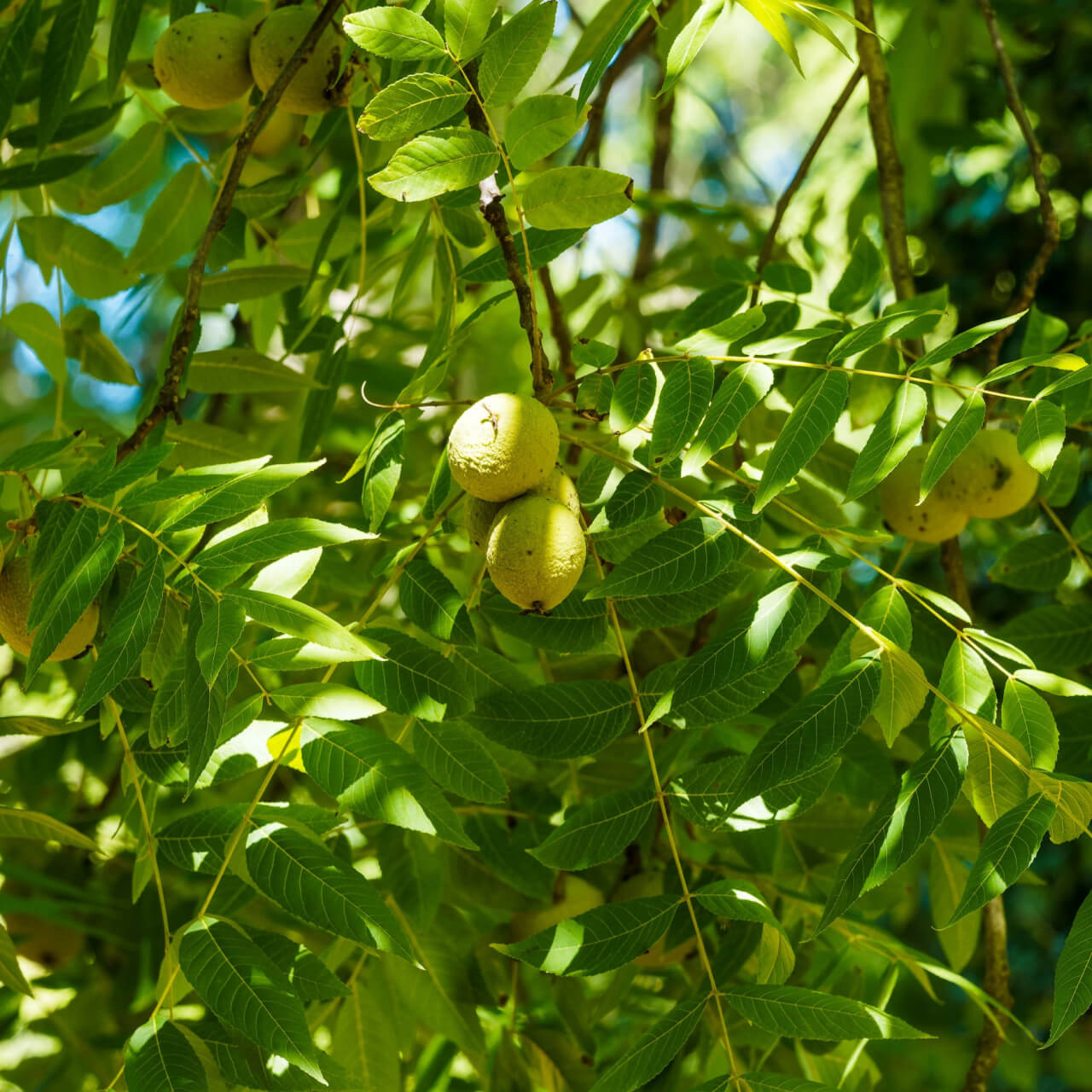Premium Fruit Trees from TN Nursery – Trusted Since 1959
At TN Nursery, fruit trees are more than products; they continue a legacy of tree production begun in 1959. As a third-generation, family-owned nursery, we have spent over six decades growing, harvesting, and shipping high-quality native and traditional fruit trees to gardeners across America.
Led by plant expert Tammy Sons, our Tennessee farm has become one of the nation’s most respected suppliers. Our plants have been trusted by iconic institutions such as the Washington Monument and Arlington National Cemetery, a testament to the care, expertise, and consistency behind every tree we dig and ship.
Why TN Nursery Fruit Trees Stand Out
Fruit trees are investments in your landscape and long-term harvest potential. That’s why TN Nursery grows varieties known for reliability, adaptability, flavor, and strong root systems. Each tree is hand-selected, freshly dug, and shipped bare-root for faster establishment and stronger growth. Our orchard trees are field-grown in rich Tennessee soils, allowing them to develop hardy root systems that thrive in many U.S. climate zones.
Our selection includes customer favorites such as apples, peaches, plums, cherries, pears, mulberries, and more. Whether you are planting a backyard orchard, expanding a homestead, or adding a productive focal point to your landscape, we offer species with proven pollination success, cold-hardiness, and disease resistance. This commitment to quality has enabled TN Nursery to remain a trusted American grower for over 65 years.
Experience, Expertise, and Trustworthiness in Every Fruit Tree
With decades ofWith decades of horticultural experience, Tammy Sons brings exceptional knowledge to growing, harvesting, and caring for fruit trees. Her lifelong work with native and cultivated species has helped TN Nursery establish itself as a leading authority on trees.
Our planting guides, species descriptions, and customer service reflect hands-on experience—not recycled information.
We emphasize accurate botanical information, true-to-type species, and clear descriptions of sizing, root structure, pollination needs, chill hours, and seasonal performance. Every piece of content and every tree shipped is rooted in horticultural precision and real-world knowledge gained from more than six decades of growing fruit trees the right way.
Plant with Confidence – TN Nursery Has You Covered
From our farm to your soil, each fruit tree is grown with care, lifted fresh, packaged securely, and shipped knowing it represents decades of trust and reputation. When you buy from TN Nursery, you are planting more than a tree—you’re planting a piece of American nursery history stretching back to 1959. Join thousands of gardeners who trust our trees for long-lasting orchard success.


